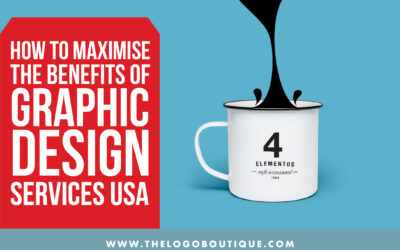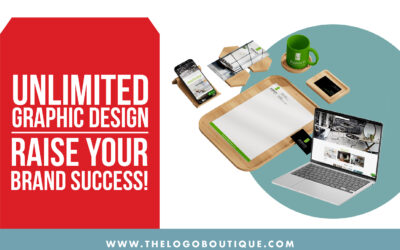Having a good professional logo design brief is all about having the right pitch for an idea – but in text format.
Points to Consider:
- How can you keep people focused on the brief?
- What does it take to make an excellent design plan with regard to clarity, structure, and style?
- Should it possess a “spoken tone” or a written one?
- Should it have more photos, diagrams, and pictures?
- As compared to a spoken pitch, is the plan supposed to be short or lengthy?
Some Questions a Good Design Brief Should Answer:
A design brief should ideally be concise but well detailed at the same time. The number of photos, diagrams, and pictures being used depends on its content. It shouldn’t contain too many or too few non-prose elements either. Other than the points mentioned above, good design briefs should have answers to questions such as:
- What is its goal?
- Does it solve the problem that is being addressed?
- Who is the target audience?
- Is the content as compelling and capturing as it should be?
- What message is the pitch trying to deliver to the readers/viewers?
- What does the company (you) want, and why should the readers/viewers care?
- What could possibly go wrong and how can you (the company) prevent and respond to the problem?
- What sets you apart from your competitors?
- What is the history of your company and what do you do
The Composition of the Brief
A good plan can be structured and designed in many different ways. Whether you are working on it yourself, or are giving the job to a professional logo design expert, here is one way the brief can be structured:
- The Objective/Goal
Get straight to the core of what message your pitch is trying to deliver. Keep the description well detailed and clear with short sentences. - The Thought/Idea
Make sure the content delivers the thought appropriately. Make sure it consists of a thesis statement that delivers the message you are trying to give people. - The Predicament/Problem
The problem has to be addressed according to the framework of the idea. Provide a bulleted list of points identifying the problems, as well as some practical reasons why the problems need to be addressed. - The Target Audience and Market
Create the plan according to who it is meant to appeal to. Consider the profile of both the potential and non-potential customers. For example, you will need to consider things like gender, age, geography, lifestyle, income, employment, attitude, views, and the taste of the audience you are trying to reach out to. - The Progress and Approach
Focus on what copies, diagrams, photographs, benchmarks, specifications, and graphics will be incorporated into the design. The approach should clearly outline the idea to be implemented. Most importantly, remember to state the budget involved and who will provide it
If you plan to hire professionals to create a design plan for your business, be sure to contact The Logo Boutique at 1-888-473-1117.


 Team of Graphic Designers
Team of Graphic Designers Team of Graphic Designers
Team of Graphic Designers

